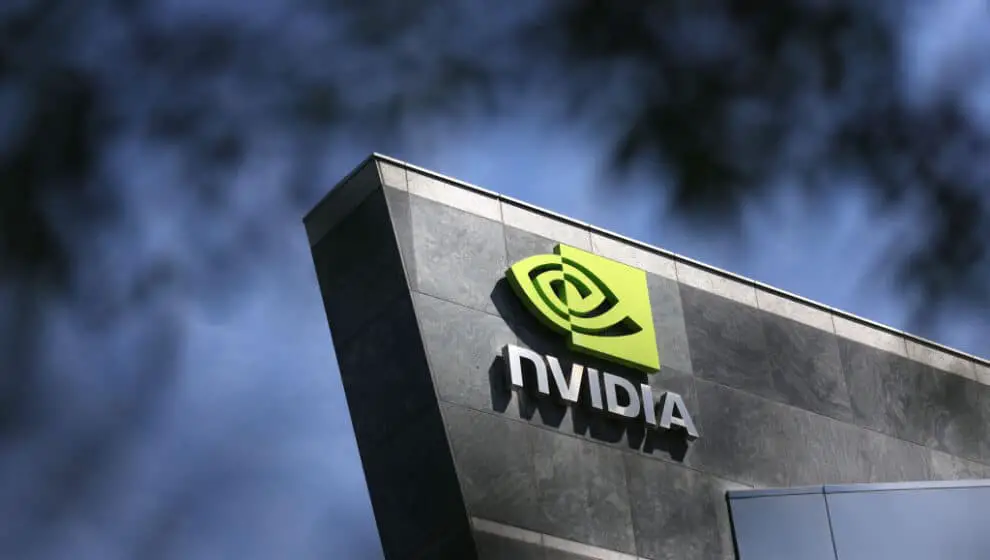Just after CHIPS Act passage, a Wall Street analyst is warning that Nvidia’s second-quarter revenue is even lower than expected.
Key details
A Bank of America Global Research analyst Vivek Arya is warning that leading chipmaker Nvidia may cut its outlook in next week’s earnings call, saying that their lowered projections may still be too high. Nvidia is expected to discuss its financial situation on August 24 but is expected to fall short of its expected second-quarter outlook of $8.10 billion. A preliminary press release from August 8 announced $6.70 billion in sales in the last quarter.
Why it’s important
The long-term growth for semiconductors in the U.S. is likely to be steady, given increasing demand and subsidies provided by the CHIPS Act.
Nvidia is just one of several companies warning that the chip industry is in temporary decline. Semiconductor sales decreased from 26% growth in 2021 to 7.4% this year. “CEOs are worried that an oversupply of chips will drag down sales and profits for the rest of 2022 and into 2023. Consumers, returning to normal life in this stage of the pandemic and worried about inflation, are buying fewer consumer electronic devices, lowering demand for the semiconductors that power them,” reports Fortune.
Intel warned in July that second quarter sales fell 22% to $15.3 billion. “It was its biggest revenue drop in more than a decade. The company blamed a rapid decline in economic activity for its sagging sales as it forecast a 10% decline in overall PC sales this year,” says The Wall Street Journal. Intel has warned that PC sales may decrease 10% since last year.
Backing up a bit
President Joe Biden signed the CHIPS and Science Act on August 9 with bipartisan support, which will invest $280 billion into innovation for artificial intelligence, robotics, data, and other computing technologies. The bill sets aside $52.7 billion for semiconductor research and manufacturing.
“The aim of the CHIPS and Science Act is to advance and strengthen American manufacturing capabilities and supply chains, while investing in the sciences and in research and development of various technologies, with the goal to build a stronger, more diverse and technically adept workforce moving forward. The hope is that these investments will bolster the American economy and potentially national security in the longer term,” says Forbes.
The CHIPS and Science Act will partially divert production away from Taiwan and China. The decreased sales mean issues for investors and shareholders in the short term until demand rises. But since it takes years to design and build semiconductor manufacturing plants, new supply is not likely to appear until 2025.
Notable quote
“We believe our long-term gross margin profile is intact. We have slowed operating expense growth, balancing investments for long-term growth while managing near-term profitability. We plan to continue stock buybacks as we foresee strong cash generation and future growth,” says Nvidia CFO Colette Kress.
